

Articles
How Many Ceiling Tiles In A Box
Modified: October 23, 2024
Discover how many ceiling tiles are typically included in a box with our informative articles. Gain insights on estimating your project needs and optimizing your budget.
(Many of the links in this article redirect to a specific reviewed product. Your purchase of these products through affiliate links helps to generate commission for Storables.com, at no extra cost. Learn more)
Introduction
Ceiling tiles are an essential element in interior design and construction, serving both functional and aesthetic purposes. They provide a clean, finished look to any room while also offering acoustic insulation and hiding imperfections in the ceiling. Whether you’re renovating or constructing a new space, understanding how many ceiling tiles are in a box is crucial to ensure you have enough materials for the project.
In this article, we will explore the different factors that determine how many ceiling tiles are typically included in a box. We’ll also discuss the calculation process to determine the exact quantity you need for your specific project. So, let’s dive in and learn more about ceiling tiles and their box quantities.
Key Takeaways:
- Understanding the standard box size and calculating the quantity of ceiling tiles needed is crucial for a successful project. Consider factors like tile size, waste, and unique ceiling shapes to ensure an accurate estimation.
- Be mindful of common variations in tile sizes, types, materials, and aesthetic considerations when selecting ceiling tiles. Don’t forget to purchase a few extra tiles for potential breakages or future repairs.
Read more: How To Cut Ceiling Tile
Understanding Ceiling Tiles
Ceiling tiles, also known as suspended ceiling panels or acoustic tiles, are specially designed panels that are installed in a grid system to create a suspended or dropped ceiling. These tiles are typically made from materials such as mineral fiber, fiberglass, or metal, and come in various sizes, designs, and textures to suit different aesthetic preferences and functional needs.
One of the primary purposes of ceiling tiles is to provide acoustic insulation. They help absorb sound, reducing echo and improving the overall acoustic quality of a space. This is especially important in commercial settings such as office buildings, schools, hospitals, and restaurants, where noise control is crucial.
Ceiling tiles also serve as a decorative element, enhancing the visual appeal of a room. They can be used to create a sleek, modern look or add a touch of elegance with textured or patterned designs. Additionally, ceiling tiles often come with fire-retardant properties, making them a safe choice for buildings where fire safety is a priority.
When it comes to installation, ceiling tiles are relatively easy to work with. They are designed to fit within a standard grid system, making them simple to install or replace when necessary. This convenience and versatility make ceiling tiles an attractive option for both residential and commercial projects.
Now that we have a basic understanding of what ceiling tiles are and their purpose, let’s move on to explore the standard box size.
The Standard Box Size
When purchasing ceiling tiles, it’s important to know the standard box size to ensure you have the right amount of materials for your project. The standard box size for ceiling tiles typically varies depending on the manufacturer and the specific type of tiles you’re purchasing.
Commonly, manufacturers package ceiling tiles in boxes that contain a specific number of tiles. The most common box sizes are 12 tiles per box or 24 tiles per box. However, it’s essential to note that these numbers can vary, and it’s always best to check with the manufacturer or supplier for the specific box size.
The box size is determined based on the dimensions and coverage area of the ceiling tiles. Each tile has a specific size, typically measured in square feet or square meters. By calculating the total square footage or square meterage of the ceiling area you plan to cover, you can determine the number of boxes you’ll need based on the standard box size.
For example, if your ceiling area requires 100 square feet of tiles and the standard box size is 12 tiles per box, you would need 9 boxes to cover the entire area. If the box size is 24 tiles per box, you would only need 5 boxes.
It’s important to keep in mind that the standard box size may not always perfectly align with your project’s requirements. In such cases, you can purchase additional individual tiles or consult with the manufacturer or supplier for custom box sizes.
Now that we understand the standard box sizes for ceiling tiles, let’s explore the calculation process to determine the exact quantity you need for your project.
Calculation Process
Calculating the number of ceiling tiles you need for your project involves a simple process that takes into account the size of the tiles and the dimensions of the ceiling area you plan to cover.
Here’s a step-by-step guide to help you determine the quantity of ceiling tiles required:
- Measure the length and width of your ceiling area in either feet or meters, depending on the unit of measurement you prefer. Ensure you take accurate measurements to get precise results.
- Determine the size of the ceiling tiles you plan to use. This information is typically provided by the manufacturer and can be found on the product packaging or their website. The size of the tiles is usually given in square feet or square meters.
- Calculate the total square footage or square meterage of your ceiling area by multiplying the length by the width. This will give you the overall area that needs to be covered.
- Divide the total square footage or square meterage of the ceiling area by the size of one tile. This will give you the approximate number of tiles required to cover the entire area.
- Round up the result to the nearest whole number to ensure you have enough tiles considering any potential waste or cutting that may be required during installation.
For example, let’s say your ceiling area measures 200 square feet and the size of the tiles you plan to use is 2 square feet each. By dividing 200 by 2, you would get 100 tiles. Rounding this up to the nearest whole number, you would need approximately 100 tiles to cover the entire area.
It’s always a good idea to purchase a few extra tiles as a contingency to account for any potential breakage or future repairs. This will ensure you have enough tiles to complete the project without any delays.
Now that you understand the calculation process, let’s explore some factors that can affect the quantity of ceiling tiles needed.
When purchasing ceiling tiles, be sure to check the label on the box to see how many tiles are included. This will help you determine how many boxes you need for your project.
Factors Affecting Quantity
While the calculation process provides a good estimate of the number of ceiling tiles needed, there are several factors that can affect the actual quantity required for your project. It’s important to take these factors into consideration to ensure you have enough tiles for a seamless installation.
Here are some factors that can affect the quantity of ceiling tiles needed:
- Tile Size: The size of the ceiling tiles can greatly impact the number of tiles required. Larger tiles will cover more area per tile, reducing the overall quantity needed. Conversely, smaller tiles will require a higher number of tiles to cover the same area.
- Ceiling Shape: If your ceiling has complex shapes, curves, or irregular angles, it may require additional tiles to account for cutting and fitting. It’s always a good idea to measure and account for any unique features of the ceiling during the calculation process.
- Waste and Cutting: It’s common to have some waste during the installation process, especially when cutting tiles to fit around edges, light fixtures, or ventilation systems. Adding a buffer for waste ensures you have enough tiles to complete the project without running short.
- Replacement and Repairs: If you’re installing ceiling tiles as a replacement for damaged or old tiles, it’s important to account for any additional tiles needed to match the existing ones. This ensures a consistent look throughout the ceiling.
- Extra Tiles: As mentioned earlier, it’s always a good practice to purchase a few extra tiles in case of breakage during installation or for any future repairs that may be required. Having spare tiles on hand helps maintain the integrity of the ceiling in the long run.
By considering these factors, you can adjust your tile quantity estimation to account for any potential variations or contingencies that may arise.
Now that we’ve explored the factors that affect quantity, let’s take a look at some common variations in ceiling tile sizes and types.
Read more: How To Tile A Shower Ceiling
Common Variations
When it comes to ceiling tiles, there are several variations in terms of sizes, types, and materials. Understanding these variations can help you choose the right tiles for your specific project needs. Here are some common variations:
- Tile Sizes: While standard sizes are commonly used, there may be variations in tile dimensions based on manufacturer specifications. It’s important to check the actual size of the tiles you plan to purchase, as this will affect the overall quantity needed.
- Tile Types: Ceiling tiles come in various types, each with its own characteristics and benefits. Some common types include acoustic tiles, textured tiles, metallic tiles, and decorative tiles. Different types may have different installation methods or coverage areas, which can impact the quantity required.
- Edge Profiles: Ceiling tiles can have different edge profiles, such as square edge, beveled edge, or reveal edge. The edge profile affects the appearance and installation method. It’s important to consider the edge profile when calculating the number of tiles needed for a consistent and seamless installation.
- Material Options: Ceiling tiles are available in various materials, including mineral fiber, fiberglass, metal, and even wood. Each material offers unique benefits in terms of acoustic properties, fire resistance, durability, and aesthetic appeal. The material you choose can affect the price per tile and, consequently, the overall quantity needed.
- Aesthetic Considerations: Ceiling tiles come in different textures, patterns, and designs, allowing you to customize the look of your space. Consider the aesthetic elements you desire and how they may impact the quantity needed. For example, if you choose a tile design with a bold pattern, you may need fewer tiles to cover the same area compared to plain tiles.
By understanding these common variations, you can make more informed decisions when it comes to selecting the right ceiling tiles and calculating the quantity required for your project.
Now that we’ve explored the common variations, let’s summarize what we’ve learned.
Conclusion
Ceiling tiles are an integral part of interior design and construction, providing both functional and aesthetic benefits. Understanding how many ceiling tiles are in a box is essential to ensure you have enough materials for your project. By considering the standard box size, calculating the quantity needed based on the size of the tiles and the dimensions of the ceiling area, and accounting for factors such as waste, cutting, and unique ceiling shapes, you can accurately estimate the number of tiles required.
It’s important to be aware of common variations in tile sizes, types, materials, and aesthetic considerations, as these factors can affect the overall quantity needed. Additionally, purchasing a few extra tiles as spares can help with potential breakages during installation or future repairs.
When embarking on a ceiling tile project, it’s recommended to consult with manufacturers or suppliers to ensure the accuracy of calculations and to explore the range of options available.
Now that you have a comprehensive understanding of how to determine the quantity of ceiling tiles needed for your project, you can proceed with confidence and create a visually appealing and functional ceiling space.
Happy tiling!
Frequently Asked Questions about How Many Ceiling Tiles In A Box
Was this page helpful?
At Storables.com, we guarantee accurate and reliable information. Our content, validated by Expert Board Contributors, is crafted following stringent Editorial Policies. We're committed to providing you with well-researched, expert-backed insights for all your informational needs.
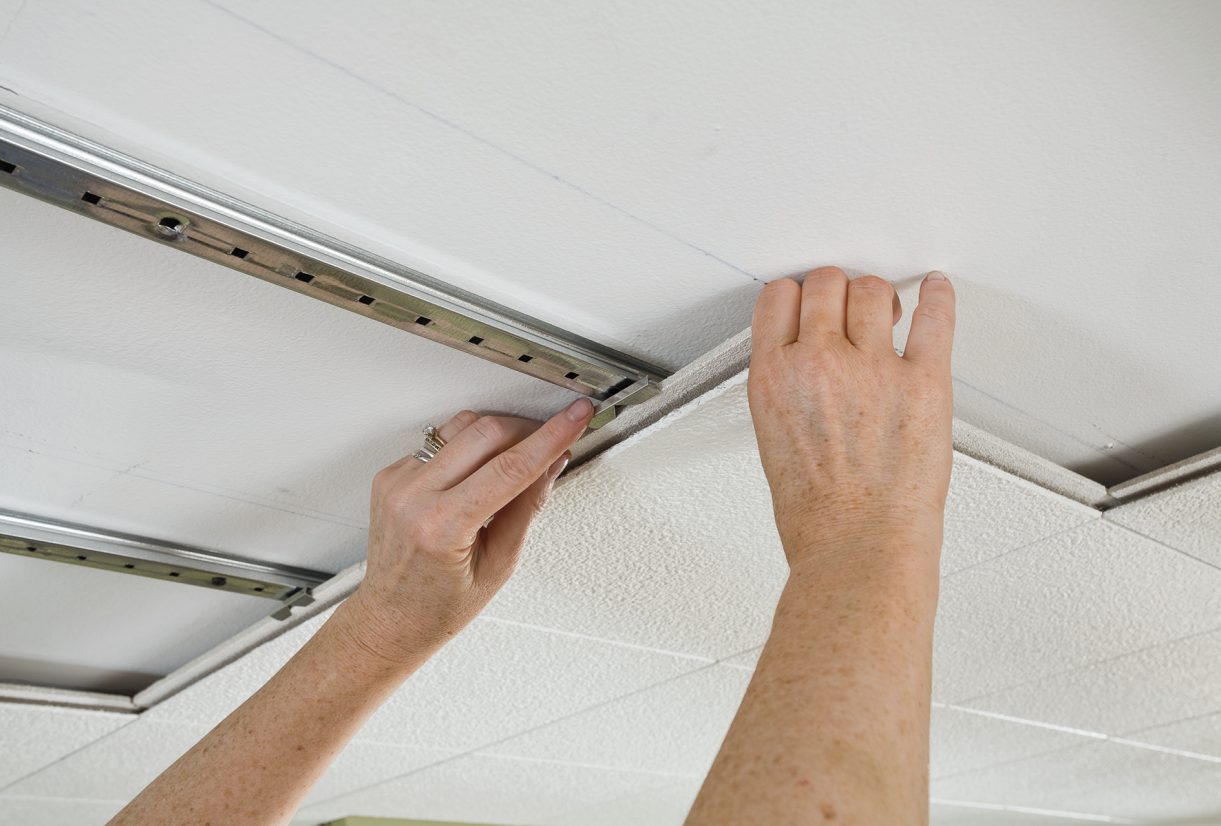

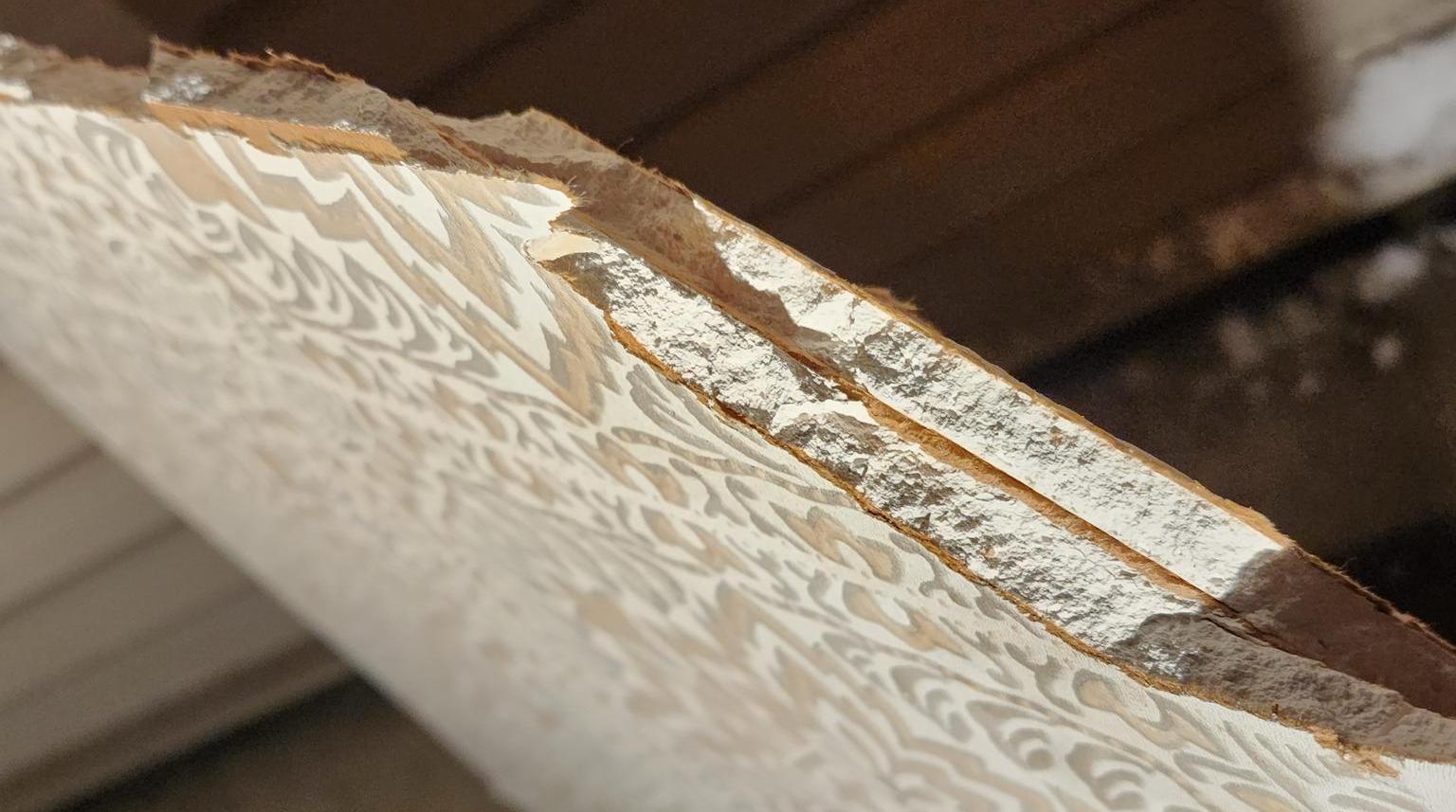
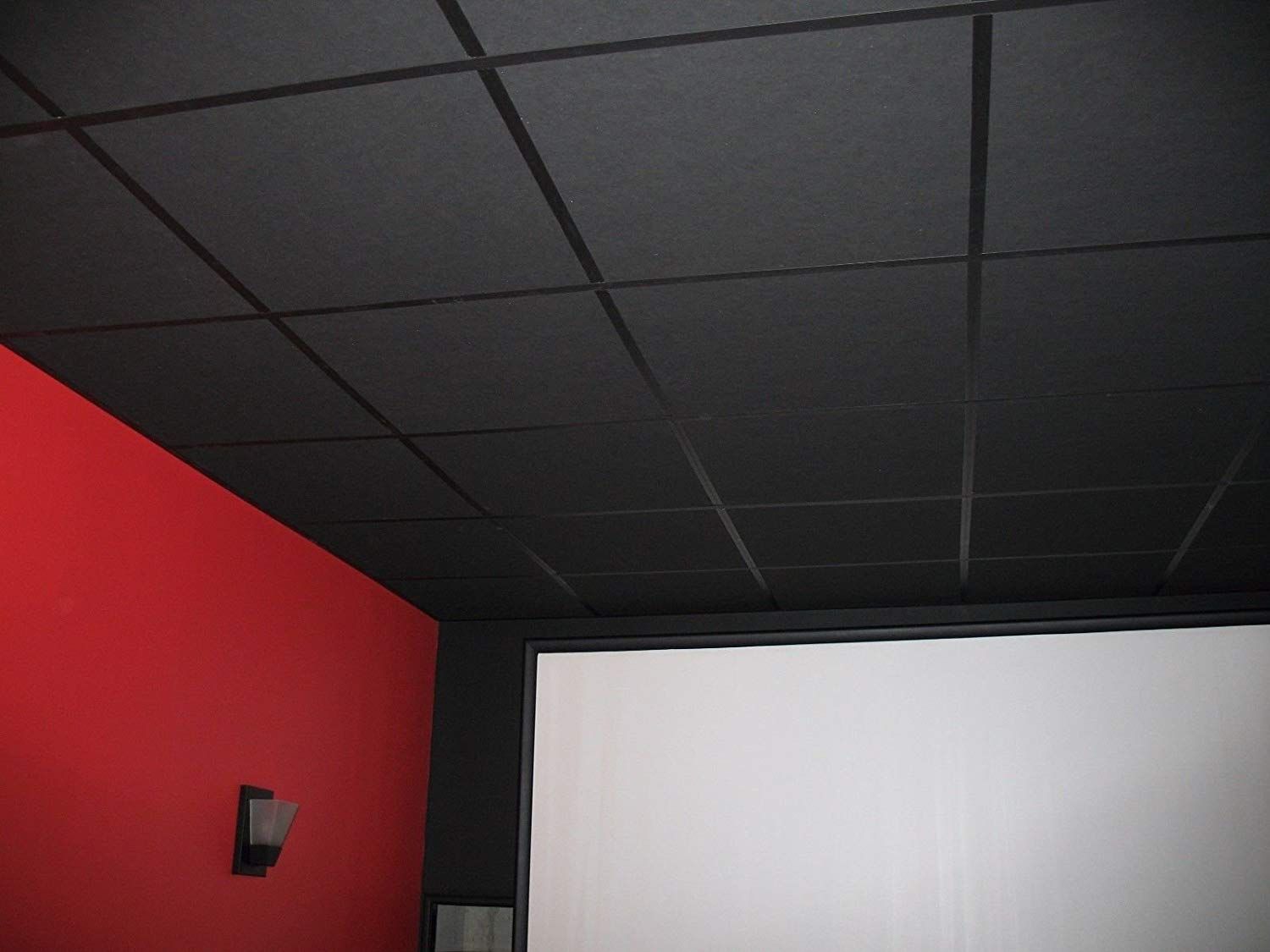

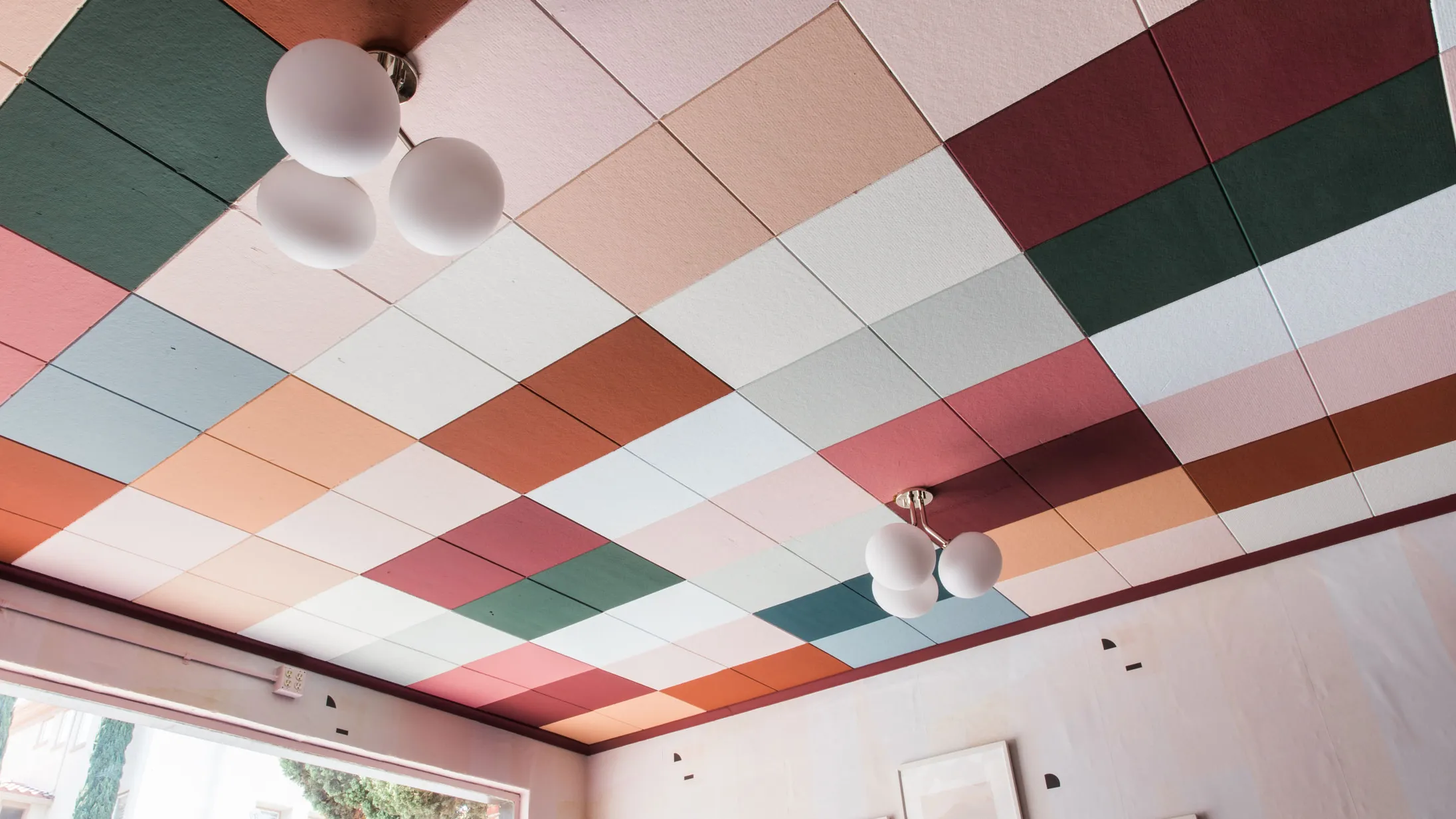



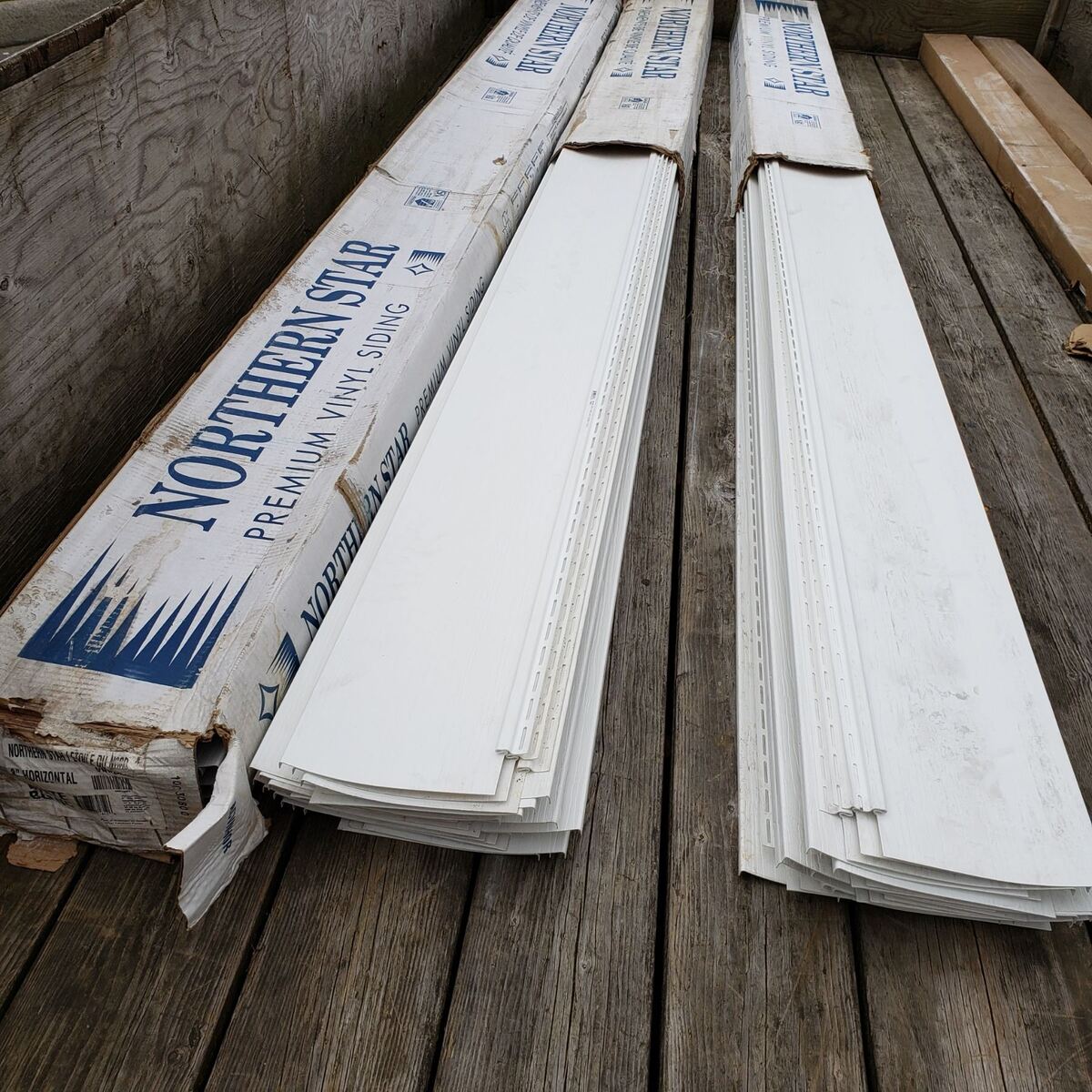

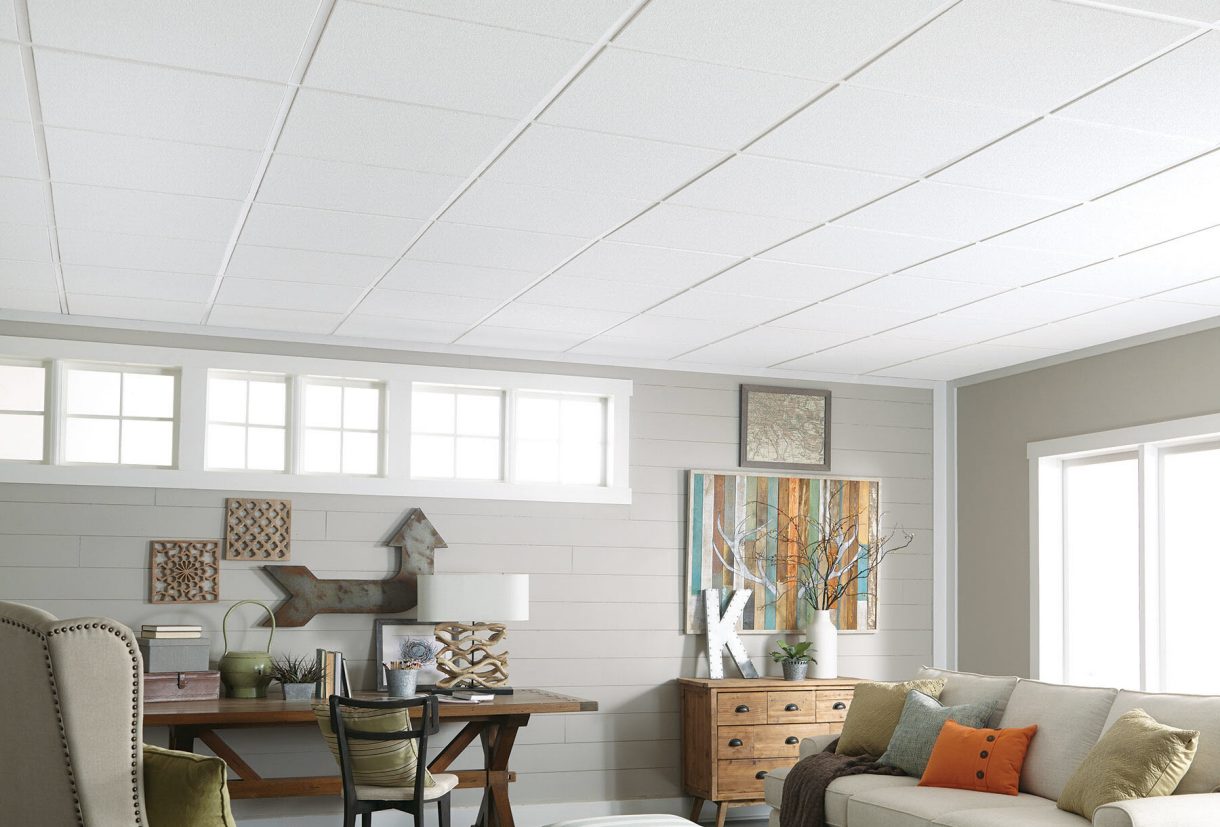

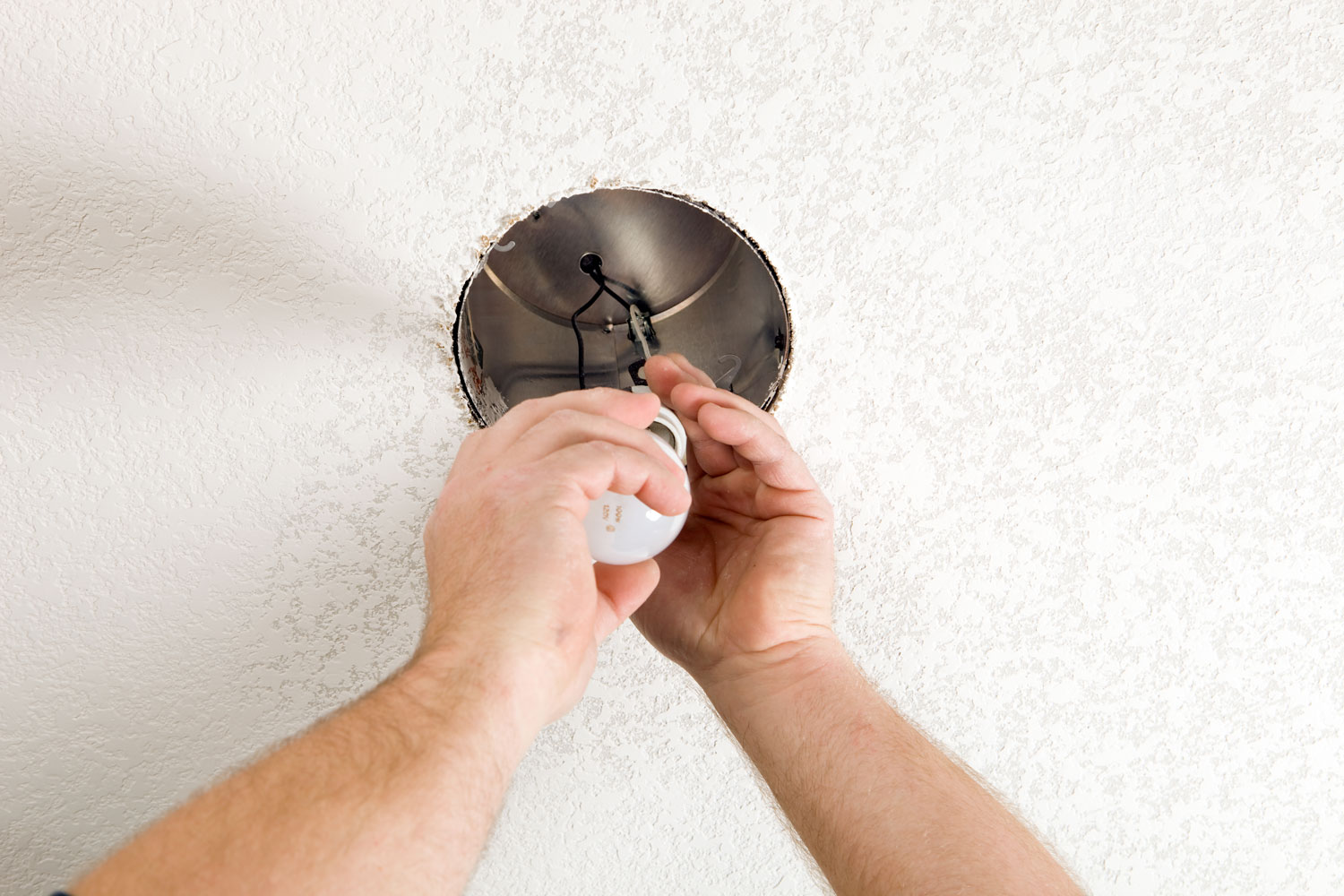

0 thoughts on “How Many Ceiling Tiles In A Box”